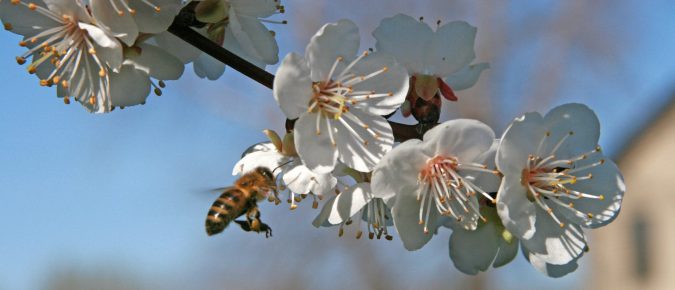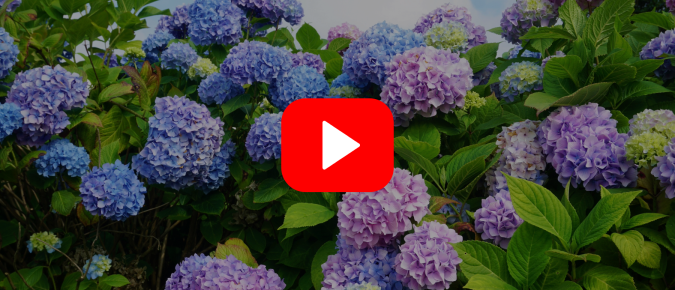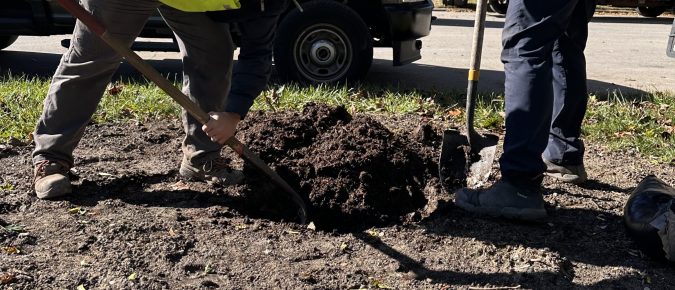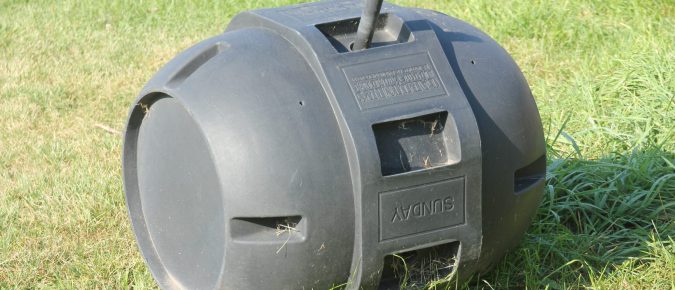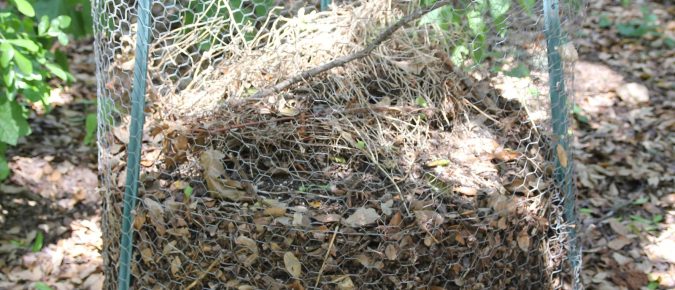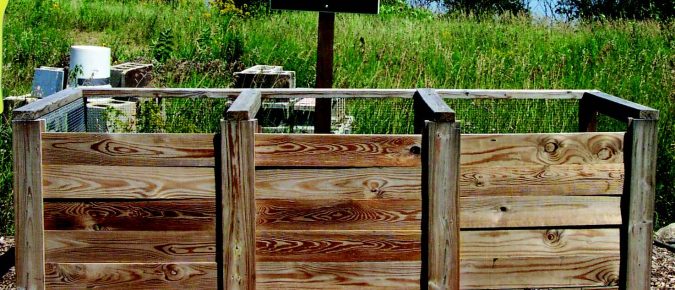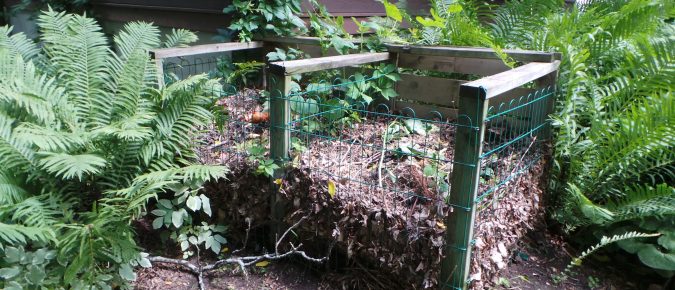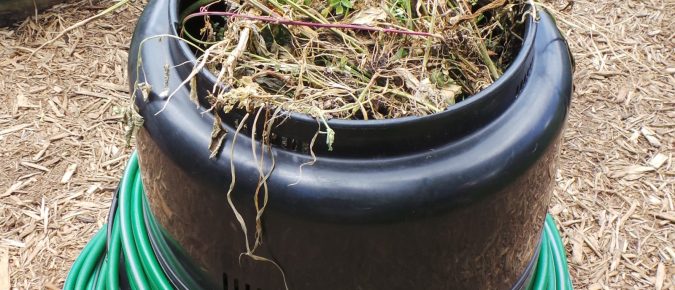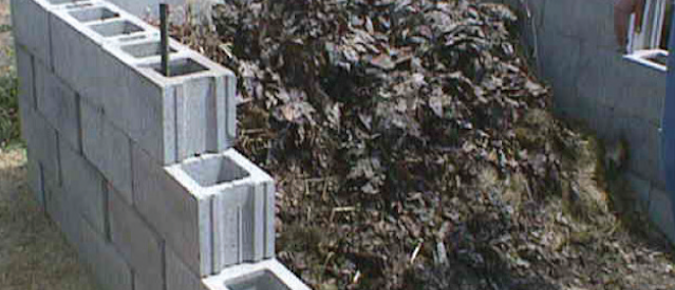This article covers tree, shrub, evergreen, and woody vine species known for their pollen or nectar sources that are critical to sustaining pollinator health and survival.
This webinar discusses the many species of hydrangeas suitable for Wisconsin hardiness zones. Discover everything these beautiful plants need to bloom and thrive.
Bareroot trees are dormant stock typically planted in early spring prior to bud break. This planting method promotes rapid establishment and offers several additional horticultural benefits.
Winter burn refers to a type of damage to evergreen foliage that typically occurs over winter. Frequently affected plants include yews, junipers, boxwood, arborvitae, rhododendrons, dwarf Alberta spruce, and hemlock.
Part of the Do-It-Yourself Compost Bin series, this three-bin wooden unit is a sturdy system that allows you to quickly make a large volume of compost, if you turn the compost weekly.
Part of the Do-It-Yourself Compost Bin series, wire mesh composting bins are inexpensive, easy to assemble, and hold a lot of material.
Part of the Do-It-Yourself Compost Bin series, this three-bin wooden unit is a sturdy system that allows you to quickly make a large volume of compost, if you turn the compost weekly.
Part of the Do-It-Yourself Compost Bin series, the wood and wire composter provides a convenient way to compost yard materials.
Part of the Do-It-Yourself Compost Bin series, the can composter is a great way to make small batches of compost when you don’t have space for a larger bin.
Part of the Do-It-Yourself Compost Bin series, wood pallets can make inexpensive and durable compost bins.
Part of the Do-It-Yourself Compost Bin series, concrete block bins are durable, require few tools, and can handle large amounts of yard materials.
Despite their name, evergreen needles do not stay green forever. Older, inner needles discolor and drop off after one or more years, depending on the species.

